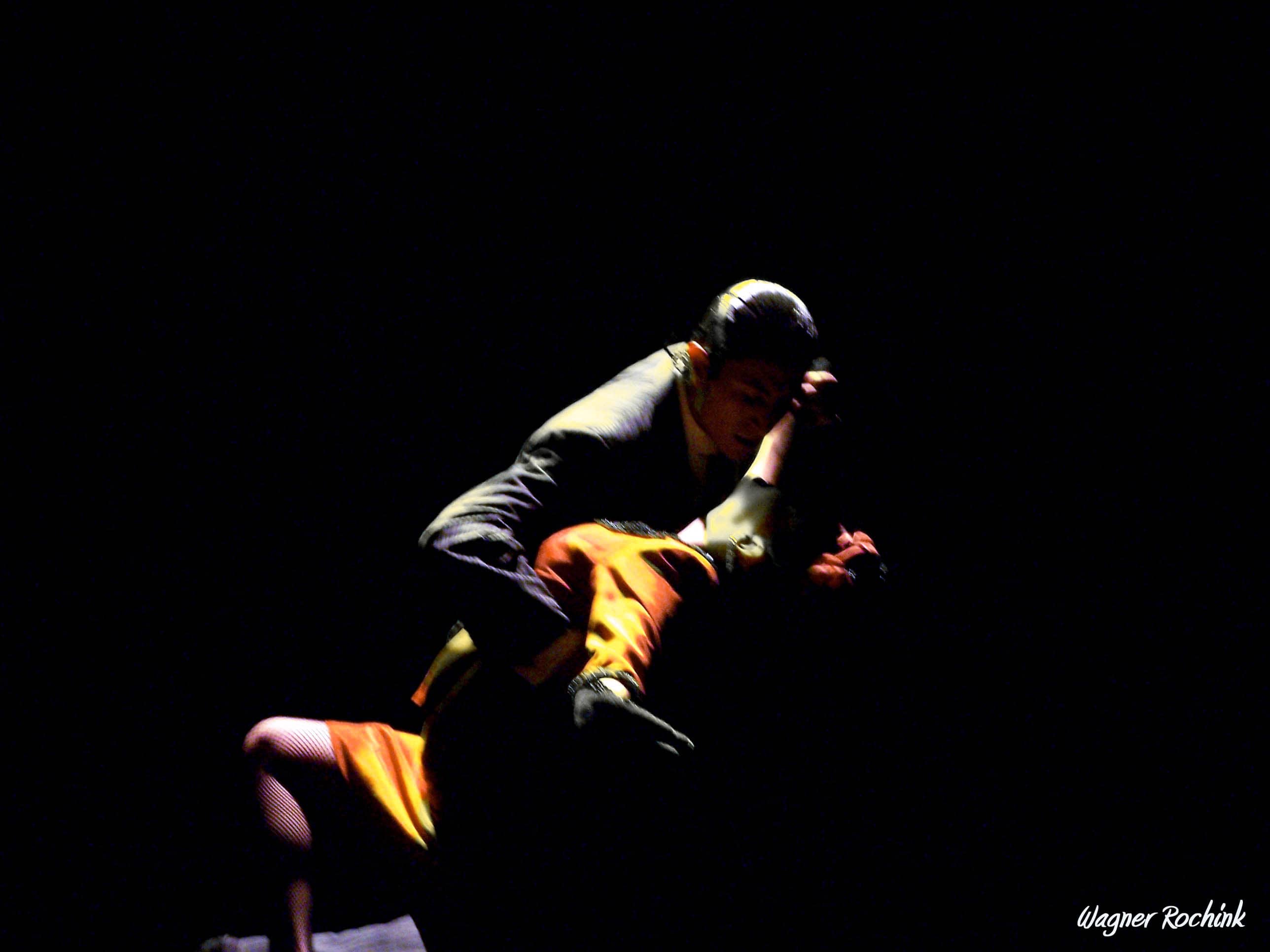I’ve been debating whether or not I should start praying for the devil.
Opinions on this question differ. Some regard the debate as pointless. The argument goes: angelic nature is such that once a decision is made on their part, it is final; there’s no changing. Lucifer, once a bearer of light (the literal translation of the name) has cast his die. No take-backs. Redemption for this fallen angel? Forget about it.
Others say “Why not pray for the devil?” We’re told to pray for our enemies, after all, and there is none greater. God loves all His creatures. Does that include Lucifer? If, as St. Paul says, God is to one day become all in all, this means all in all.
As I pondered the question, my mind wandered back to a movie I saw 28 years ago. I was only five years old, but old enough to know how the world worked: werewolves get a silver bullet, a mummy, the flamethrower, and the vampire, a stake to the center of the heart. Peaceful ends require violent means. It’s a sad truth, but this is the way of the world.
Then it happened. I was sitting there in the dimmed lamplight of my childhood home when the revelation struck for my precious pint-sized mind. It was offered to me from an unlikely source. It was the 1991 children’s “horror” flick, Ernest Scared Stupid, the story of a sanitation worker who accidentally unleashes Trantor, a 200-year-old troll on all Hallows eve. For the next 90 minutes, I watched this demonic creature set about the town, capturing the souls of the child folk and transforming them into wooden dolls so as to feast upon their energy. Meanwhile, Ernest discovers cryptic instructions stating the only way to defeat the troll is through “the heart of a child.”
In the climactic scene, after several failed attempts to destroy Trantor through violent means, Ernest finds himself in a final showdown with the troll. At a loss for what else to do, he remembers the cryptic instructions, and in a flash of insight, realizes “the heart of a child” is the heart of one who is filled with unconditional love. So, as the beleaguered townspeople bellow for Ernest to annihilate the gooey-faced fiend, their cries are suddenly muted by a swell of classical music, as Ernest, inspired on the whim of “unconditional love,” drops his weapon, embraces Trantor with a smile, and proceeds to dance with it. At dances end, Ernest plants a giant smooch on the troll, and voila, Trantor… explodes. Ok, so it is not exactly a peaceful ending, but my 5-year-old mind got the point.
Ernest Scared Stupid was a box office flop. Yet, this silly little film gave me a glimpse of a different way to engage “the enemy” without silver bullets, stakes, or flamethrowers. A new thought: What about unconditional love as defense; unconditional love as the mechanism of change; unconditional love as captaining us – all of us – to victory?
It’s funny how images from our childhood remain with us, influencing who we are and our way of relating to the world, even to the present.
These days, I sometimes think about Ernest and Trantor in my social work courses as we discuss how best to engage clients and bring about change. Therapists are encouraged to meet their clients with warmth, genuineness, and “unconditional positive regard.” The recommended approach to involuntary clients is to “roll with resistance” and meet them with caring concern, epistemic humility, and empathy all the same. It strikes me that this is how Jesus engaged people, and how his would-be-followers are called to meet each other, not with brute force but an invitation to embrace the dynamism and gravity of grace, softening each other through constant, prodigal love.
Ernest the stupid became for me an image of God the foolish, who always invites us to drop our weapons and defenses and join in the dance. Each step and turn, another chance we have at change; each swell of the music, God woos us back into the fold. We’re dared to do likewise, even unto enemies.
But to engage the enemy of our human nature in this way?
St. Ignatius advises us to resist and stand firm in the face of the evil spirit. It seems if there’s to be any dance with the devil, it’s not mine to have. Changing the evil spirit, in other words, is God’s responsibility, not mine. That is important for us to remember. Still, I keep going back to my initial question, shall we pray for the devil?
St. Anthony, the fourth century monk, suggests mockery as a suitable alternative to praying for devil. At the end of time, he pictures Jesus trotting out Satan like a beast of burden, with a hook around his snout for all of the faithful’s amusement. The image St. Anthony presents here is that of the Lord as petty ringmaster. While I desire to celebrate Christ’s power over evil, I have to admit I have no real interest in mocking. St. Gregory of Nyssa, on the other hand, intimates the possibility of redemption for even the worst of the fallen, “because what belongs to God must at any cost be preserved for Him.” The image Gregory presents is that of Lord as relentless, redemptive lover.
Since every creature belongs to God, I hear in Gregory’s words hope. It is the same hope that that silly movie fascinated me with all those years ago. Indeed there will be no dancing for me and the devil this side of eternity. But between God and the devil? I say cue the music.
-//-
Photo/Tango by Wagner ROCHINK
[Editor’s note: some edits were made to this article after initial publication.]


